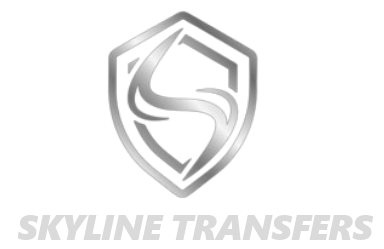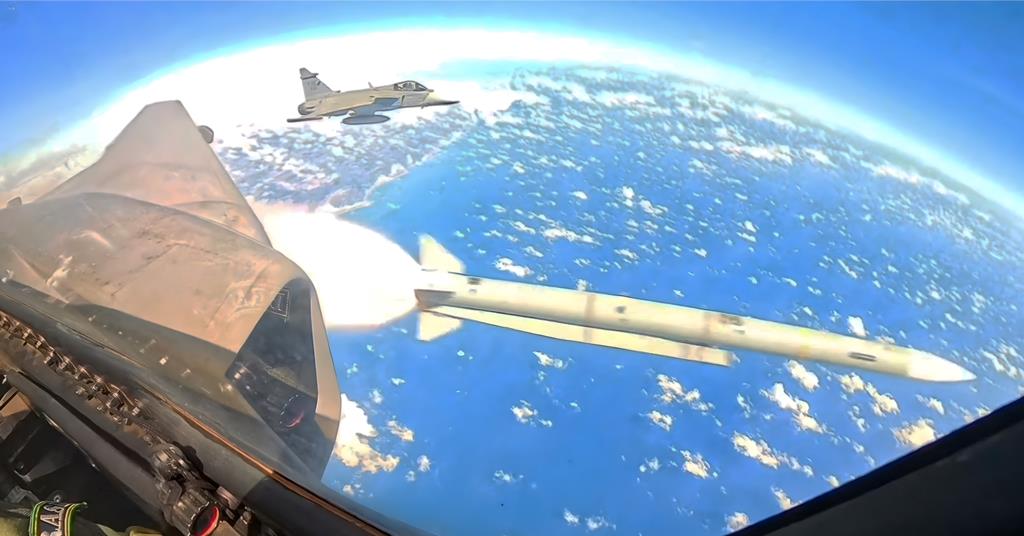Company
Legal Links
Contact
- +44 7947 753363
- contact@skylineairporttransfers.co.uk
- 6 Walsall Street Bilston Wolverhampton WV14 0AT
Recent Posts
© Skyline Airport Transfers. Created by![]() Beaphoenix WebDesign ltd
Beaphoenix WebDesign ltd
Popular Locations:
Birmingham: Aston, Bournville, Edgbaston, Erdington, Great Barr, Hall Green, Handsworth, Harborne, Northfield, Quinton, Soho, Sutton Coldfield, Amblecote, Brierley Hill, Coseley, Cradley, Gornal, Halesowen, Kingswinford, Lye, Netherton, Sedgley, Stourbridge, Quarry Bank, Bearwood, Blackheath, Cradley Heath, Great Bridge, Old Hill, Rowley Regis, Smethwick, Tipton, Tividale, Wednesbury, West Bromwich, Balsall Common, Bickenhill, Castle Bromwich, Chelmsley Wood, Dorridge, Elmdon, Hampton in Arden, Kingshurst, Knowle, Marston Green, Meriden, Monkspath, Hockley Heath, Shirley, Aldridge, Birchills, Bloxwich, Brownhills, Darlaston, Leamore, Palfrey, Pelsall, Pheasey, Shelfield, Streetly, Willenhall, Bilston, Blakenhall, Bushbury, Compton, Ettingshall, Heath Town, Oxley, Penn, Tettenhall, Wednesfield, Burntwood, Lichfield, Cannock, Rugeley, KIDDERMINSTER, Brierly Hill,
STOURPORT-ON-SEVERN
Coventry: Allesley, Binley, Keresley, Stoke, Tile Hill
Leicester: Abbey Rise, Ashton Green, Aylestone, Beaumont Leys, Bede Island, Belgrave, Blackfriars, Braunstone, Braunstone Frith, Bradgate Heights, Clarendon Park, Crown Hills, Dane Hills, Evington, Evington Valley, Eyres Monsell, Frog Island, Goodwood, Hamilton, Highfields, Horston Hill, Humberstone, Humberstone Garden, Kirby Frith, Knighton, Mowmacre Hill, Netherhall, Newfoundpool, New Parks, North Evington, Northfields, Rowlatts Hill, Rowley Fields, Rushey Mead, Saffron, Southfields, South Knighton, Spinney Hills, Stocking Farm, Stoneygate, St. Matthew’s, St. Mark’s, St. Peters, Thurnby Lodge, West End, West Knighton, Western Park, Woodgate
Derby: Matlock, Ripley, Ashbourne, ILKESTON, SWADLINCOTE , BURTON-ON-TRENT, BAKEWELL,
ALFRETON, BELPER, HEANOR
Telford: Market Drayton, Newport, Shifnal, Broseley, Much Wenlock
Stoke: Stoke-on-Trent, Newcastle, Leek, Uttoxeter, Stone, Stafford
Worcester: Worcester, Droitwich, Pershore, Broadway, Evesham, Malvern, Tenbury Wells
Gloucester: Gloucester, Cheltenham, Stroud, Cirencester, Tewkesbury, Badminton, Berkeley, Blakeney, Chipping Campden, Cinderford, Coleford, Drybrook, Dursley, Dymock, Fairford, Lechlade, Longhope, LydbrookLydney, Mitcheldean, Moreton-in-Marsh, Newent, Newnham, Ruardean, Stonehouse, Tetbury, Westbury-on-Severn, Wotton-under-Edge.
Nottingham: Nottingham, Sutton-in-Ashfield, Mansfield, Newark, Southwell, Grantham, Sleaford
Leicester: Leicester, Hinckley, Loughborough, Melton Mowbray, Oakham Market, Harborough, Lutterworth, Wigston, Ashby-de-la-Zouch, Ibstock, Markfield
Oxford: Oxford, Kidlington, Chipping Norton, Thame, Wallingford, Didcot, Wantage, Abingdon, Banbury, Carterton, Woodstock, Bicester, Witney, Chinnor, Watlington
Chester: Chester, Deeside, Bagillt, Buckley, Holywell, Birkenhead, Preston, Wallasey, Wirral, Neston, Ellesmere Port, Prenton
Airports we serve:
BHX: Birmingham Airport
EMA: East Midlands Airport
LHR: London Heathrow Airport
MAN: Manchester Airport
LGW: London Gatwick Airport
LTN: London Luton Airport
SOU: Southampton Airport
BRS: Bristol Airport
LPL: Liverpool John Lennon Airport
LCY: London City Airport
STN: London Stansted Airport



Denmark plans to field four General Atomics Aeronautical Systems MQ-9B remotely piloted aircraft.
The deal was announced by the California-based uncrewed aircraft producer on 23 July, noting the acquisition has support from the NATO Support and Procurement Agency.
Denmark is now the fourth European customer set to receive the latest version of General Atomics’ combat-proven MQ-9, joining the UK, Poland and Belgium.
Elsewhere in the world, Canada and Japan have committed to fielding MQ-9Bs to support maritime patrol activities, while the US Air Force operates a small number in support of special operations.
“It’s been a very productive year for our MQ-9B platforms,” says General Atomics Aeronautical Systems president David Alexander. “I believe the extensive waters of the North Sea, Norwegian Sea and Baltic Sea of the Nordic countries make the MQ-9B a very effective tool for national maritime surveillance and security.”
The MQ-9B SkyGuardian boasts improved endurance and payload exceeding that of the older MQ-9A Reaper, and comes in a special maritime variant called the SeaGuardian. That version can be outfitted with a maritime surveillance package that includes a 360° maritime radar and submarine-hunting sonobuoy dispenser pods.
The MQ-9B’s anti-submarine warfare capabilities were demonstrated during the 2024 Rim of the Pacific international naval exercises in Hawaii. Such capacity was no doubt a major selling point for Denmark, which sits astride the strategic Kattegat strait that controls access to the Baltic Sea and maritime approaches to European Russia.
Unlike the combat-oriented A-model Reaper, the MQ-9B achieved military type certification from civil aviation regulators in the UK, allowing the SkyGuardian to operate without geographic restrictions in civilian airspace and over populated areas.
MQ-9s are remotely operated via satellite data links, allowing pilots and sensor operators to control the aircraft and missions systems from anywhere on Earth.
Earlier this year, General Atomics demonstrated its ability to maintain that data link using a constellation of small Proliferated Low Earth Orbit (PLEO) satellites, which can allow uninterrupted connections to aircraft operating in high-latitude polar regions.
That approach uses a large number of small satellites, rather than a smaller group of larger, more-powerful relays, to build a persistent communication web around the globe. The technique was famously pioneered by SpaceX with the Starlink system.
Conventional satellite systems face limitations in the high-latitude polar regions, where the effectiveness of conventional geostationary satellite communications breaks down. PLEO constellations offer more reliable connectivity in those areas.
Countries like Canada, which plans to field 14 MQ-9Bs, say they intend to operate the remotely piloted surveillance aircraft at latitudes at least as high as 83° North.
The Arctic Circle begins at roughly 66.5° North.
General Atomics says the MQ-9B offers “pole-to-pole satellite control” and de-icing capabilities that enable operations in the harsh Arctic environs.
Source link
Share This:
admin
Plan the perfect NYC Memorial Day weekend
Pack only what you need and avoid overpacking to streamline the check-in and security screening…
LA’s worst traffic areas and how to avoid them
Consider using alternative routes, such as Sepulveda Boulevard, which runs parallel to the 405 in…
Brazil test fires MBDA Meteor missiles from Gripen E fighter in major milestone
Brazil has notched a major milestone in its campaign to phase in Saab’s latest Gripen…
Aeroflot Group discloses acquisition of 747 and 737 freighters
Aeroflot Group has disclosed that eight aircraft – including freighters – have been introduced to…
Airbus cuts full-year delivery target by 30 aircraft
Airbus has cut its full-year delivery target to 790 commercial aircraft, down from the original…
Hi Fly claims Antarctic first with A330 follow-up to A340 landing
Portuguese wet-lease specialist Hi Fly has flown an Airbus A330-300 to Antarctica, claiming a first…
Austria to field 12-strong Leonardo M-346FA fleet from 2028 under $1.75 billion deal
Austria has finalised a roughly €1.5 billion ($1.75 billion) deal that will lead to its…
Avincis and DHC partner on CL-series waterbomber support
Aerial services provider Avincis is to collaborate with De Havilland Canada (DHC) on a series…
MBDA Meteor missile integration nears flight-test phase with Lockheed Martin’s stealthy F-35A
MBDA’s Meteor beyond-visual-range air-to-air missile has moved a step closer to commencing flight trials with…
Jekta hydrogen-electric amphibian aircraft scale model testing begins January 2024
Swiss start-up Jekta plans next month to begin flight testing a scale model of the…
Sikorsky S-92 engine failure caused by maintenance lapse, Norwegian investigators find
Norwegian investigators believe an unspecified maintenance issue was the likely cause of an in-flight engine…
PD-8 engine tested for performance in torrential rain
United Engine has carried out further water-ingestion tests on the PD-8 engine for the Yakovlev…